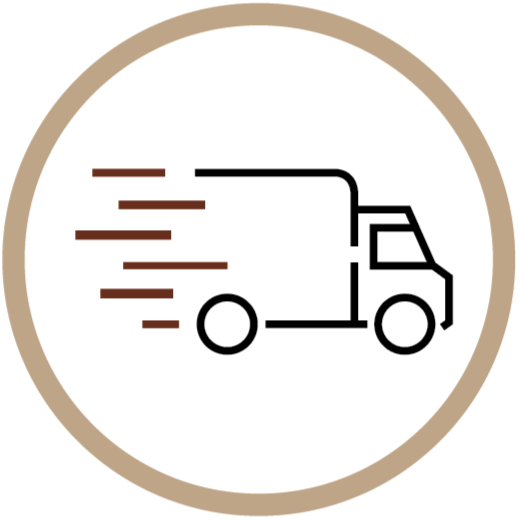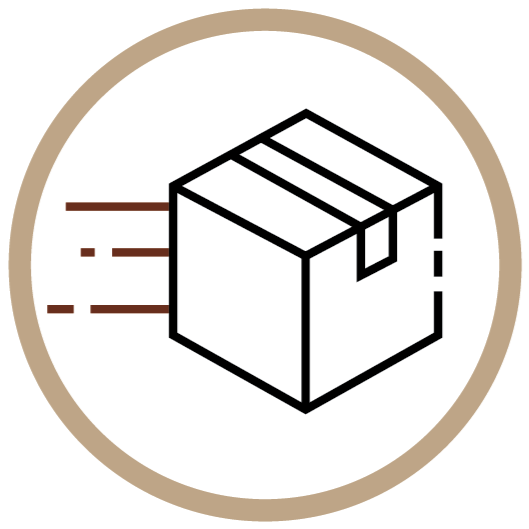Down jackets have been with us for years. From the slops to the runway many of us have fallen in love with the warmth, comfort and innovative designs of down jackets. However, along with sophisticated fabrics comes a lot of jargon which can leave your mind spinning! But not to worry, we've got your back and are here to explain all the terms that could have you confused.
1. What is Down?
Down is a fine layer of feathers located under the tough & hardy feathers of a bird. Also known as plumage, down is a natural thermal insulator. with an amazing warmth to weight ratio. As a by product from the food industry, down is know for being extremely lightweight, compressible and durable too.
2. Why does down keep you warm?
Tiny air pockets created by the loft (fluffiness) of the down trap warm air and retian heat.
3. What is fill-power?
Not all down is considered equal in terms of quality. This quality refers to the loft of the down which is what gives down its insulating properties. Fill power is the term used to describe loft of the down, which is determined by measuring how many cubic inches of space down occupies at its highest level of loft. So the higher the fill power, the higher the quality of the down.
4. What is fill ratio?
Down is the primary insulator used in down jackets, however feathers are sometimes used as a filler. Therefore, the fill ration is the ration of down to feathers in the jacket. When you see fill ratio's of 90/10 that will mean the fill of the jacket is 90% down and 10% feathers. The higher ratio of down to feathers indicates a higher down jacket quality.
5. What is a Lightweight Down Jacket?
Down jackets come in a number of different shapes and sizes intended to be used for different purposes. Lightweith done jackets are design for mild weather conditions rather then extremes. Using lighter fabrics and less down, these jackets have a slimming fit which is great for everyday use. As they are lighter, these jackets are highly compressible, making them perfect to travel with and work well as a layering garment.
6. What is Loft?
Loft is a term you will hear often when discussing down jackets. Loft simply refers to the 'fluffiness' of the down. As a result, loft is what is used when speaking about fill power. Simply put, the higher the loft the higher the quality and warmth. If down has a higher loft is means less down needs to be used to fill a jacket.
7. What is the outer shell or outer layer?
The outer shell simply refers to the out fabric of the jacket. Most down jackets have a nylon outer which is light, durable while still being breathable. This also means they the soft shell outer does not inhibit motion, which makes them very comfortable. Some nylon is treated which can make the jackets water proof.
8. What does it mean if they jacket is water resistant?
Water-resistant means that the jacket will keep to the user dry against light rain or moisture. Not capable of keeping one dry during heavy and continues rain, a water-resistant jacket will be effective in mist, light rain or snow flurries.
9. What does it mean if does is ethically sourced?
Down is a by-product of the food industry, however a portion of the world's down supply is sourced for live ducks which is a disgraceful practice that causes unacceptable harm to ducks and geese. This practice has been condemned by many around the world, which has lead to many farms around the world ensuring the welfare of ducks and geese by adhering to the global standard for best practices called the Responsible Down Standard.
10. What is a responsible Down Standard Certification?
The Responsible Down Standard is a global standard for best practices in animal welfare throughout a brand’s entire retail supply chain. In order to receive certification, brands invite a third-party auditor called a Certification Body to visit factories and farms to interview staff, analyse hygiene conditions, and ensure that ducks and geese are well cared for. After checking each stage of the down sourcing process, Certification Bodies can give their approval and follow the down material to production where it is used as insulation in jackets, sleeping bags, pillows, blankets, as well as other products. When you see the RDS logo on a final product, it represents a great deal of work at every stage in the supply chain.






